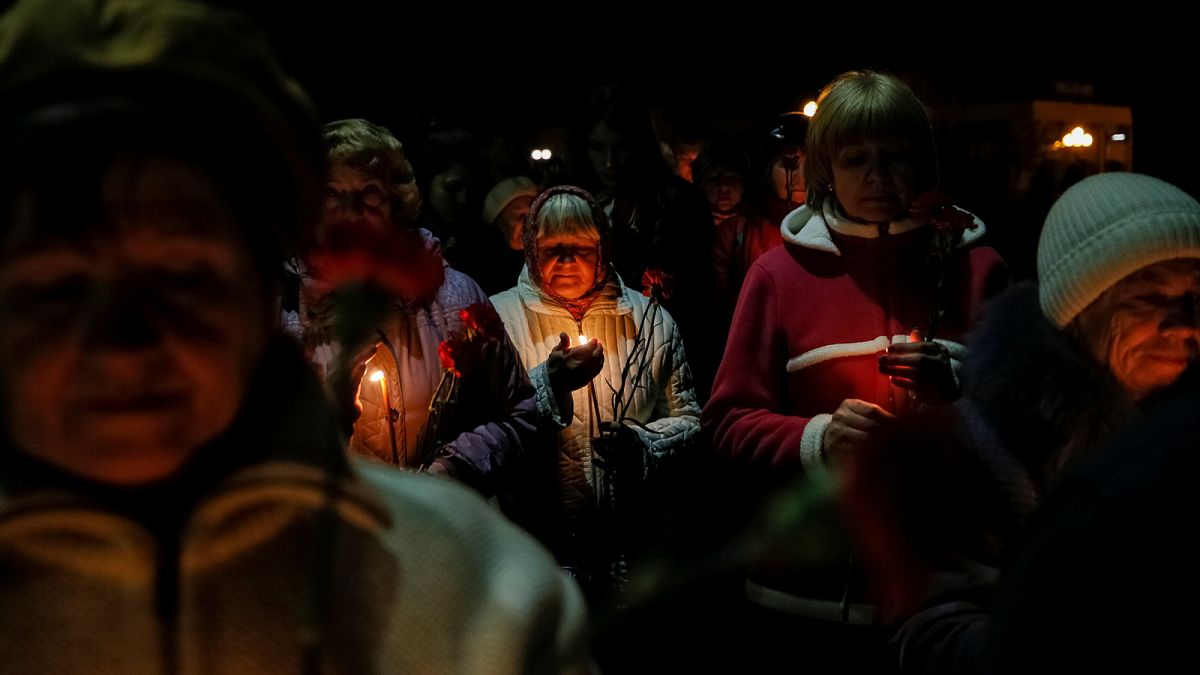On the 31st anniversary of the Chernobyl nuclear disaster we delve into the bizarre boom in "dark tourism" that has sprung up around it.
The once obscure and unassuming area of Chernobyl in a remote northern corner of Ukraine has become synonymous with the worst case scenario in a nuclear accident.
Until the 2011 Fukushima meltdown, Chernobyl was undoubtedly the worst nuclear disaster in history. Now both are vying for the top spot as the world’s most popular “dark destination”.
Despite relatively little being known about the mid to long-term effects of radiation on flora and fauna, morbid curiosity is driving tourists to flock to so called “exclusion zones”.
In 2011 Chernobyl was officially declared a tourist attraction and some in Fukushima are calling for the plant itself to eventually be turned into a tourist centre.
What caused the Chernobyl disaster?
Engineers in block four of the plant were conducting a test to see if, in the event of a sudden power loss, enough residual energy would remain to keep the water pumps working. To cool the reactor while the emergency generators spring into action they needed 15 seconds of left-over power.
The fatal error was that the electricity supply was actually cut to make the experiment “more realistic”. The reactor was slowed to five percent. Seven seconds later the lack of water coolant caused a steam explosion which blew off the 2,000 tonne reactor lid (or “upper biological shield”). It fell sideways into the reactor core crushing the fuel rods inside and giving way to a huge hydrogen explosion.
Thirty people died in the immediate aftermath of the accident and figures on radiation-related deaths since are a hotly contested matter.
What’s on offer for “dark tourists” in Chernobyl?
According to the website dark-tourism.com, the average Chernobyl tour consists of a day trip from Kiev with a short stop at a viewpoint near reactor four. Only a very small minority of tourists are allowed inside the plant itself.
Most tours will pass along the main road from Chernobyl town and the ghost town of Pripyat. Although vehicles are prohibited from stopping, the huge power plant is clearly visible en route.
The closest most get to the epicentre of the explosion is at the sight of a memorial a few hundred metres from the old sarcophagus at reactor four.
There is a visitors’ centre, which is dedicated to the new “safe confinement” efforts which have reportedly been outsourced to a French company. Photos of the famous “Elephant Foot” of lava that formed from the molten reactor’s uranium fuel rods are on display.
What could be driving the boom in “dark tourism”?
Some sociologists believe they have the answer. They say that a host of modern phenomena – from the medicalisation of death to its industrialisation and even the distancing of graveyards from urban centres – have made it more difficult for us to experience true horror.
Philip Stone and Richard Sharpley from the Institute for Dark Tourism Research in the UK say a macabre excursion “allows the re-conceptualisation of death and mortality into forms that stimulate something other than primordial terror and dread”. They offer a sense of adventure but with the reassurance of knowing that “it’s only a day trip” and life will return to normal soon.
Many commentators are wary of what this fascination with the foreboding might mean for society. But others welcome the revenue it creates and see it as a way of turning a disaster into something productive, which carries a message of warning for future generations.
